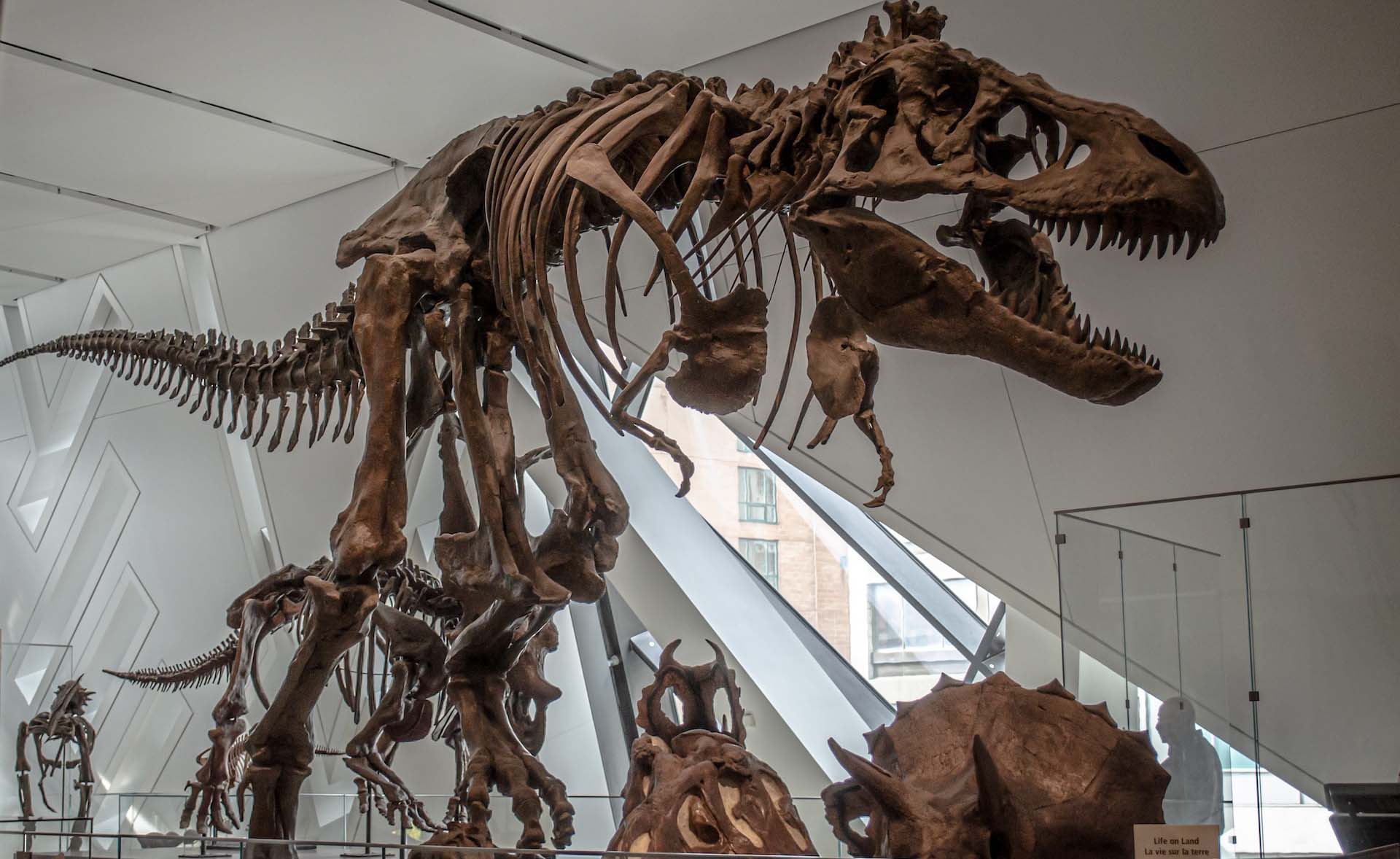
Substantial environmental changes led to the extinction of dinosaurs
10.10.2023
Nearly 66 million years ago, at the end of the Mesozoic Era, a period of intense global transformation led to the demise of non-avian dinosaurs and the extinction of many other species. For decades, the scientific community has discussed the idea that such a transformation was due to two large-scale events. The first event occurred when a large asteroid struck Earth, leaving behind the Chicxulub impact crater found underneath the Yucatan Peninsula in Mexico. While the second event occured due to an extremely voluminous volcanic activity across the large Deccan Plateau located in present-day India in the Western Ghats, which led to the deposition of the basalt layers known as the Deccan Traps.
Published as Recurring volcanic winters during the latest Cretaceous: Sulfur and fluorine budgets of Deccan Traps lavas in Science Advances, the work of the international team of geologists and geochemists aims to better define the role of volcanoes through the reconstruction of the volumes of volcanic gases released. Led by Sara Callegaro of the University of Oslo, the international research also included those from the Italian universities of Padua, Trieste, and Naples, as well as researchers from McGill (Montreal, Canada), the University of California (Berkeley, USA) and the Natural History Museum in Stockholm (Sweden).
Researchers examined the sulfur and fluorine contained in clinopyroxene crystals found in the basaltic lavas of the Deccan Trap that covered over a million square kilometers and reached maximum thicknesses of about 3 km, which had erupted during the volcanic event.
Volcanic eruptions, like those of the Deccan Plateau, inject enormous quantities of greenhouse gases such as carbon dioxide into the atmosphere, which leads to global warming. However, the release of other gases such as sulfur and fluorine played a mitigating role in a global biotic crisis, as repeatedly deteriorating environmental conditions forced recurring short volcanic winters. This means that a phase of global warming may witness shorter periods of drastic temperature drops, causing severe stress in ecosystems.
These anomalous magmatic events, often corresponding to fractures and separations of continental masses, have shaped the history of life on Earth through the climatic impact of their gases.
Reconstructing the effect of gases released into the atmosphere by large past volcanic episodes helps reconstruct the sequence of events that led to mass extinctions, but also serves as a mirror of today. Collecting data and evidence from geological history helps us understand the climate's response mechanisms to chemical changes in the atmosphere, and predict future scenarios.




